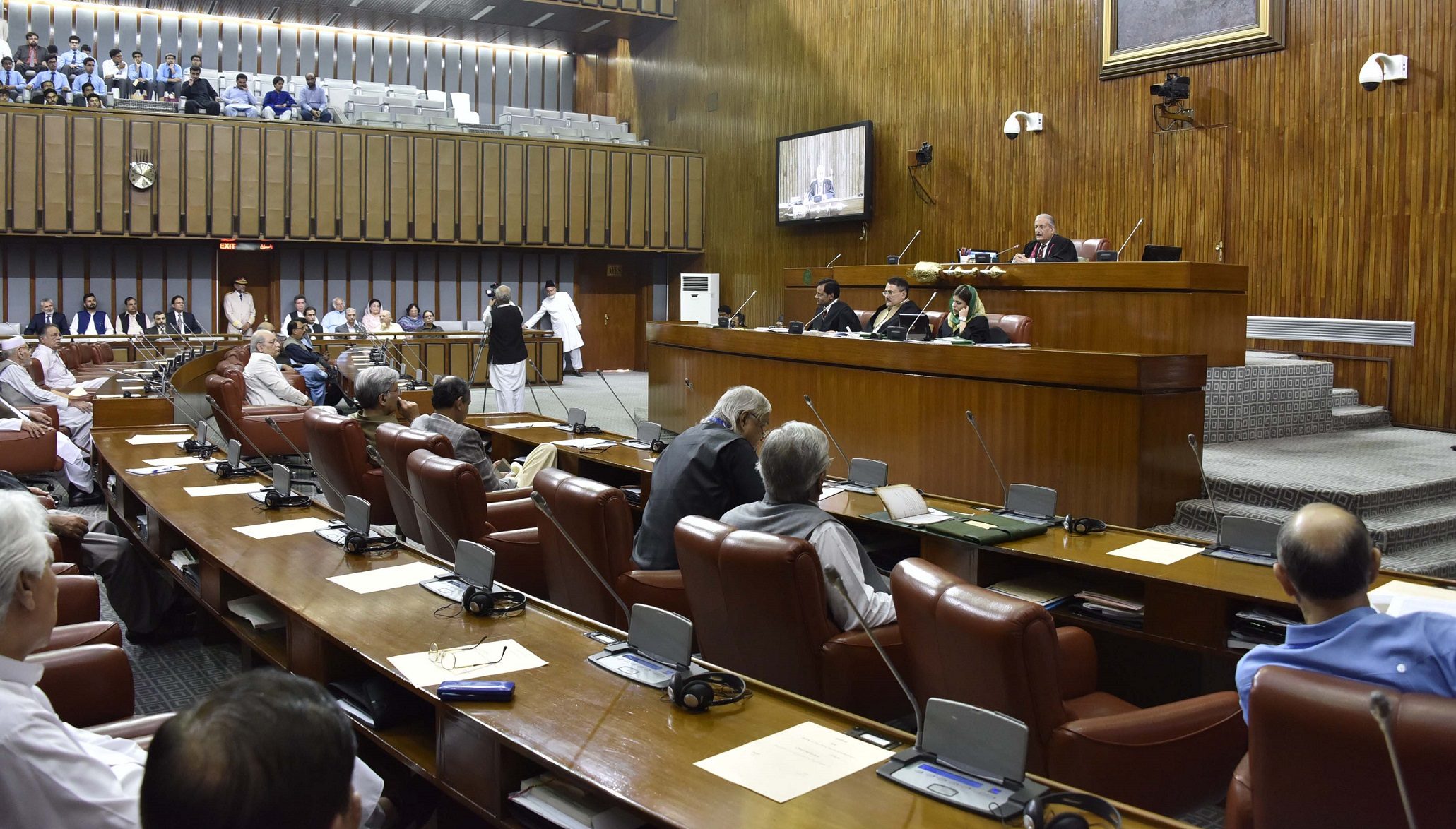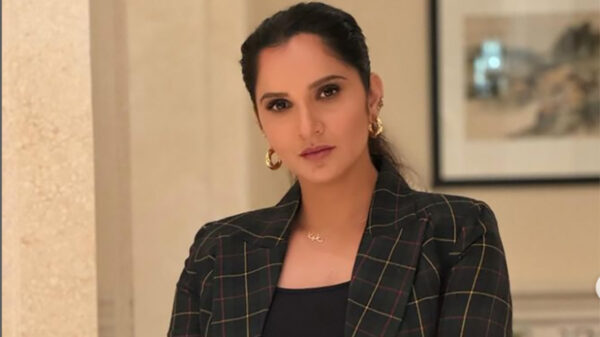Senate, the upper house of the bicameral Pakistani parliament, has equal representation from the four provinces. Its composition is simple but the electoral process for its members is somewhat tricky and requires a bit of mathematical flair to grasp.
Senate elections are held on the basis of single transferable vote (STV) system which was first introduced in the 19th century by Thomas Wright Hill, the father of Ronald Hill who invented the modern postal system. Later on, it was adapted to parlia- ments or houses of different countries like Ireland, Malta and Germany.
In the subcontinent, this system was adopt- ed for elections to some municipal boards and upper houses in some provinces even before independence. It was also used in elections to the first Constituent assembly of Pakistan and is in vogue for elections to the Senate of Pakistan since 1973.
This electoral system is designed to ensure that the candidates elected represent accurately the opinion of the voters. In other words, the strength of each party in Senate would be in proportion to its support among voters.
Any of Pakistani citizen with 30 years or above age can participate in senate elections. He must have one proposer and one seconder who must be voters of his constituency, i.e., the relevant assembly.
First of all is the process of voting. Senators are elected for a term of six years. Elections are held every three years when half of the total members complete their six-year term. Presently the Senate of Pakistan consists of 104 members, of which 52 are due to retire on 11 March 2021.
The four seats representing the former FATA (Federally Administered Tribal Areas), now merged with Khyber-Pakhtunkhwa, are to be discontinued, bringing the membership back to 100. Elections therefore will be held to 48 seats for a six-year term.
Of the senators to be elected, 12 each will be from KP and Baluchistan (7 general seats, 2 ulema and technocrats, 2 women and 1 minority member); 11 each from Punjab and Sindh (sitting minority members set to continue till 2023); and 2 members will be elected from the federal capital.
Provincial Assemblies will elect senators from their province while members from federal capital will be elected by members of the National Assembly. For the general seats from provincial assemblies, names of candidates will be printed on ballot papers and voters will vote their candidates with priority numbers 1, 2, 3, etc.
There is a complicated formula to determine the quota of votes for any candidate to be elected which is worked out by dividing the total value of the assembly votes. For example, in the case of the KP assembly, 124 x 100 = 12400 by the number of seats (7) + 1 and in answer 1 will be again added answer will be 1551.
124×100/7+1 = 1550
1550+1 = 1551
1551/100 = 15.51
Rounded to the nearest whole number, this yields 16. So 16 votes will be needed for a candidate to be elected a senator from KP.
With same formula 171 votes in National Assembly will be required for a senator to be elected from Islamabad, 46 from Punjab, 21 from Sindh and 8 from Baluchistan.
When a candidate gets the required priority votes, his remaining priority votes will be transferred to candidate given 2nd priority.
Likewise transferred will be the votes for candidates who remain below the table by number of their priority vote and have no chance of being elected. This process contin- ues till all the required senators are elected.
In view the party position, the ruling Pakistan Tehreek-e-Insaf is likely to secure about 28 of the 48 seats to which elections are being held, becoming the majority party in the Upper House for the first time. The Pakistan Peoples Party (PPP) is set to secure 19 or 20 seats, retaining its position at number two, while the Pakistan Muslim League – Nawaz (PML-N), the current top party in the upper house, will slide down to the third position after securing 17 or 18 seats.
The contest is being billed as one of the closest in our parliamentary history with simple majority, yielding a nearly evenly split house with a razor-thin majority going to the government or the opposition.
Depending upon the result of 3 March Senate elections, the elections for the new chairman and deputy chairman, which will held after 12 March, will also be closely contested.










